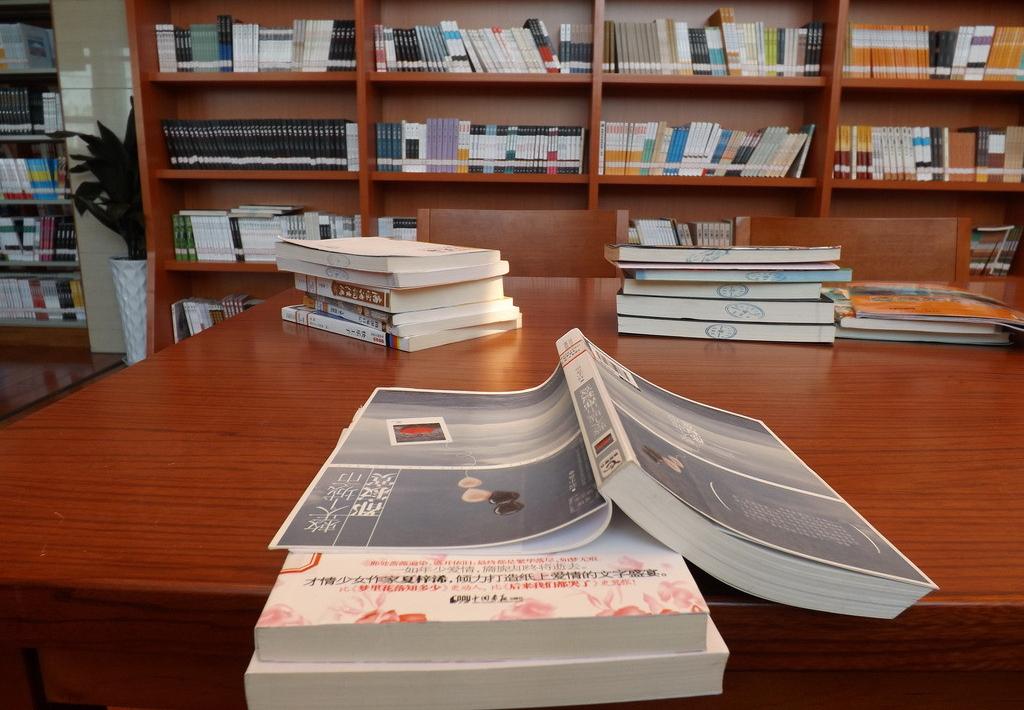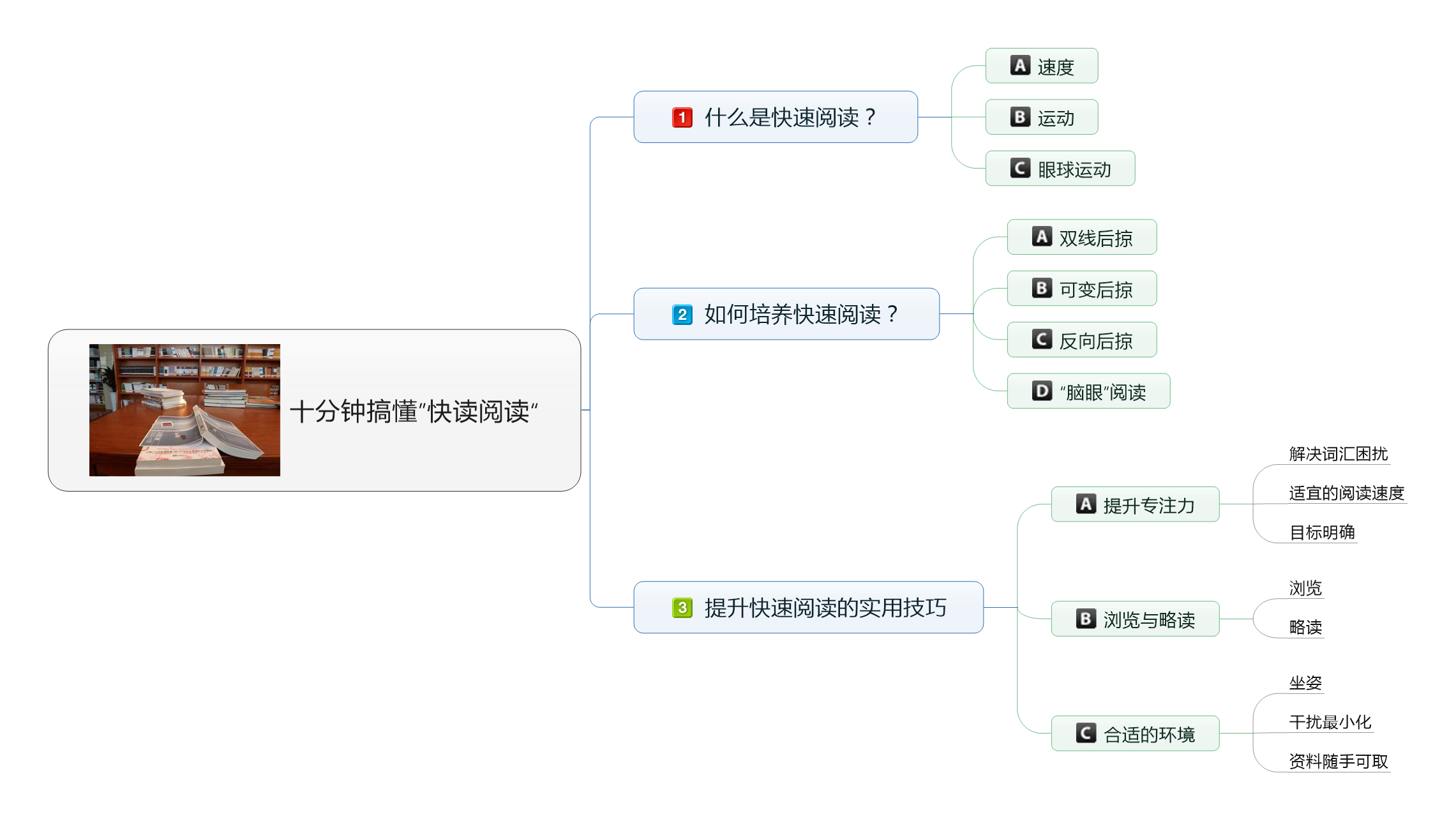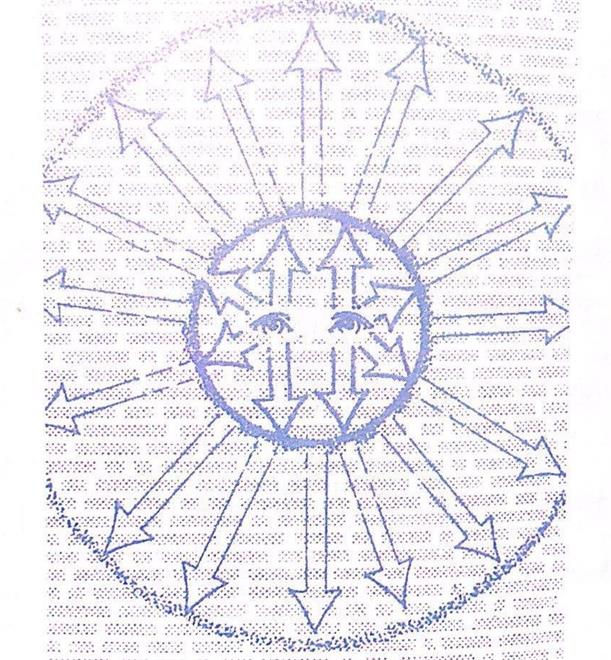
We are at a time when information is cheap. It is easily accessible through the Internet, email, newspapers of all kinds, reports, magazines, letters, and other means. Easily and effortlessly learning to read quickly is considered by many to be one of the most important and pivotal accomplishments of a lifetime.
It would take a person a year to read all the newspapers that are published every day in the country. Therefore, in the knowledge explosion of the information society, even the best scholars are as ignorant as a frog in a well when it comes to acquiring information by traditional reading methods. Rapid reading, a new reading mode in the 21st century, is an antidote to the information explosion.
It is an antidote to the information explosion. Tony Bozan is the founder of Mind Mapping and the World Championships for Speed Reading. He explains how to read, how to enhance fast reading, and the advantages of fast reading in a systematic way in his book, The Bozen Manual of Brain Training: Fast Reading.
Tony Bozan, the founder of the World Championships of Accelerated Reading. Tony Boyzan once said, “Reading is to the mind what aerobic exercise is to the body. When he took a reading speed test in middle school, Bozan could read only 213 words per minute. He was told by his teacher that this was an average level and that there was nothing he could do to change his situation. However, it was this little shock that opened the door for Bozan to explore the field of reading speed. Through intellectual development and visual exercises, he strengthened his ability to read rapidly, eventually rising to 1000 words per minute.
Mr. Bozan broke the bonds of linear reading and the qualitative thinking that reading ability is innately determined, and opened up a new era of human knowledge acquisition. So how can we improve our ability to read quickly?

Mind Map for this article
I. What is Speed Reading?
Rapid reading, also known as “brain reading”, is the full mobilization of left and right brain functions, the text to be read in groups or lines, blocks as a unit of the whole reading of varying sizes, while the “group” or “block” of “What is contained within may often be phrases, half lines, one line, multiple lines, or even a full page. It is a reading method that allows us to take in information quickly from written material.
1. speed
The average reader picks up about 200-240 words per minute. When we read, our eyes make small, regular jumps, pauses, or stares in order to absorb information. If you spend a little time at each pause, you will see an immediate increase in reading speed.
2. movement
Most people read by tracing each line of text in a straight line from left to right. Reading a text line by line is an effective way to absorb information, but not the fastest way.
The eye does not move smoothly in a continuous manner while browsing the pages of a book. According to research, if an object is stationary, in order to see clearly, the eye must also be stationary; if the object is moving, in order to see clearly, the eye must also be moving with the object.
In the case of reading, the eye has to pause because the word is stationary. So in order to absorb the information, the eye pauses and then starts again.
An important finding is that when your eyes pause, they can take in as many as five or six words at a time. So between the beginning and the end of a line, they can easily lock on and hold the information completely. If you can gaze at more words during each pause, you will be able to read faster.
3. eye movements
During reading, the eye accompanies basic “pause and start” movements, as shown in Figure A. The eye also moves with the eye during reading.
Image B shows a diagram of eye movements in a bad reading habit. This reader pauses or stares at words for as long as most people do. However, the reader reads one word at a time, with unconscious reading back, visual wandering, and conscious repetition, making reading speed and comprehension inefficient. Research shows that when readers are not allowed to read back or repeat, they are able to grasp all the necessary information in 80% of cases.
Figure B
C images show that efficient readers can absorb more words per gaze, and that read-back, repetition, and visual straying are all reduced.
Figure C
It was found that on a normal page with 12 words per line, poorer readers paused about 14 times while gazing at a single word, reading back, and repeating, with an average delay of 7 s per line. Fast readers, who made only minor adjustments and did not interfere, had a delay of no more than 2 s per line.
Slow reading increases the chance of pauses, leading to a loss of interest and attention, which can inhibit comprehension and reduce cognition. This can inhibit comprehension and reduce cognition. Information can be organized into blocks of data that are immediately useful and more interesting to your brain, so increased reading speed will help improve comprehension and focus.
How to develop fast reading?
It is useful to practice the following skills to improve reading speed.
1. double line backward sweep
This method is similar to the line-by-line method used in traditional reading. The difference is that your eyes can take in two lines of text at a time. This is a skill that combines vertical vision with horizontal vision.
Double Line Back Sweep
If you are a musician, you will find it easy to master this skill. This is because it is the reading skill you use when you are reading music.
2. variable backward sweep
Variable sweep is the same method as single- or double-line sweep, but variable sweep allows you to ingest as many lines as you can process at once.
Variable backward sweep
3. reverse backward sweep
This skill is similar to the one described above, but with one significant difference: you change the direction of the process of reviewing each part of the text. This may seem absurd, but it makes sense if you remember that the eye takes in information by concentrating, and reads in groups of five or six words.
Backward Swipe
Each of the “swipe back” skills can be used to preview, skim, or quickly review information. With practice, your reading speed and comprehension will improve rapidly. 4.
4. “Brain-Eye” Reading
According to research, there are 130 million light receivers in the retina of each human eye, which means you have 260 million light receivers. Your central focus (for reading or gazing at distant parts) accounts for only 20% of your light reception capacity, with the remaining 80% of light receivers contributing to peripheral vision.
By learning to use your peripheral vision while reading, you open up the potential to use a huge, untapped source of peripheral vision: the brain’s eye. “Brain-eye” means using your entire brain to read or observe, not just your eyes.

“Brain-Eye” reading
The outer and inner ring areas, as shown above, are part of the peripheral vision that we can see. If you use them, you will be able to read much faster.
Suggestion: You can expand your peripheral vision by holding the book farther away from your eyes than usual. This will make your peripheral vision work better. As the central focus absorbs detailed information line by line, your peripheral vision will review what you’ve read and see what’s going on.
In short, a person who has mastered the skill of fast reading can read ten times, or even dozens of times, faster than the average person, which is often called “multiple lines in one eye” or even “ten lines in one eye.
Practical skills to improve fast reading
1. improve concentration
According to a survey, 99.9% of people believe they have had periods of poor focus. Actually, the problem is not concentration, but rather the direction and focus of your focus. For example, instead of focusing on your work, you focus on other interests – people walking down the street, a great piece of music, or a TV show.
How can we improve our focus on reading?
A. Addressing Vocabulary Woes
Efficient and focused fast reading depends on a comprehension process where information flows freely and is rarely interrupted. If you encounter a word you do not understand while reading, do not consult it immediately, but underline it and review it later.
B. Appropriate Reading Speed
Research shows that fast reading is better for comprehension than slow reading. Most people believe that reading slowly and carefully aids understanding and comprehension. In fact, this approach is counterproductive. Because the brain is not designed to absorb information at such a slow pace, if you read quickly, words will instantly reveal their meaning.
C. Targeted
When you start reading, distractions arise: you don’t have a pencil, coffee, glasses, etc. This requires advance planning and focus on the goal. This requires advance planning and goal focus. For example, plan ahead so that everything you need is at your fingertips.
Maras Jefferson was the President of the United States. Malas Jefferson was the President of the United States, and he had a reputation for his intelligence and fast reading skills. He once told others that the secret to fast reading is: “You should know: where you are, what you are doing, what time it is, whether you are not going to finish your schedule, and if so, how far apart you are. The only way to read quickly and achieve your goals is to stay focused and do your best.
2. Browsing and skimming
A. Browsing
Browsing skills are used when we are looking for specific information. For example, browsing is used when you skim through a series of materials to get a very specific piece of information, or when you know in advance what you are looking for and understand how the information is organized (e.g., alphabetical or topical).
B. Skimming
Skimming is the process of obtaining a general overview of the information. Efficient skimming can reach thousands of words per minute, but even then, we can still get a general understanding of what we are reading.
3. the right environment
A. Sitting Posture
Try to hold the book, or place it on something so that it is slightly upright, rather than flat. This allows the eye to take full advantage of both central and peripheral vision.
B. Minimizing Interference
Minimizing outside distractions while you read is just as important as minimizing pauses in reading.
Make sure your learning environment is intact and structured in a way that allows you to silence your cell phone or turn off your computer; find the times of the day when you read or focus the most, such as in the morning or evening; and get regular aerobic exercise to keep your brain oxygenated and your body strong to improve your reading.
C. Information at Your Fingertips
In order for your brain to work comfortably in a focused way, you need to have all the working materials and instructions you may need at hand, which will make you feel prepared and relaxed so that you can better focus on the task.
Outstanding people such as Marx, Lenin, Stalin, Napoleon, Edison, Kennedy, etc. were all masters of fast reading and created a whole new world. Now, especially in the information age, this ability is even more important.
May you quickly absorb knowledge so that the future is not far away!
Recent Comments